Three Ways to Benchmark Your 401(k) Plan
If you haven’t done this in the last 3 years – you definitely should benchmark your 401(k) plan.
There’s never a shortage of news surrounding the never-ending number of 401(k) plan lawsuits being filed. In some cases, plan sponsors failed to consider lower-cost options for their plans, and in others, they didn’t understand the high revenue-sharing fees being paid.
What does it mean to benchmark your 401k plan?
Benchmarking your 401(k) plan is a process that compares your plan with other plans that are similar in types or/and size. The comparison is done mostly to compare fees based on number of plan participants, and total assets, but depending on the resource used, could also compare participation rates, deferral rates, diversification of accounts by age, added features used, and more.
Why it is important to benchmark your 401k plan
Here are some reasons why it’s important to benchmark your 401(k) plan:
1. Meet your fiduciary duties under ERISA
ERISA (the Employee Retirement Income and Security Act) requires plan fiduciaries to pay only reasonable plan expenses. There’s no way to document you’re meeting this obligation without understanding what would be considered reasonable. You document that by running a benchmark report to see what other plans are paying for the same services, types of funds, etc. based on number of participants and plan size.
2. Save your participant's money
As a fiduciary, your responsibility is to the participants, who are the ones paying most of the plan expenses (in most cases). It’s your duty to ensure they’re not overpaying and often through conducting a benchmark of plan fees, you can identify ways to save your participants money by considering lower-cost investment options, or reducing features you’re paying for that aren’t being used, etc.
3. Upgrade your service providers
Over time, your plan will grow in assets and often in the number of participants. Providers that specialize in start-up plans are not the same providers that specialize in medium to large plans. By conducting a benchmark of your plan, you might find it’s time to switch to a provider that can provide a more robust offering and a different fee schedule based on what I’d call “economies of scale.”
4. Improve plan features and design
Retirement providers are always improving their model to offer new features as legislation and trends change. What you might not have considered 3 years ago, might now be common and proven effective at increasing retirement readiness for your employees (such as auto-enrollment or auto-escalation for example).
It’s always good to benchmark your plan to see if there are features and plan design elements worth considering (or re-considering).
Three ways to benchmark your plan
Starting with the most simple/fastest to the most complex/time-consuming, here are 3 ways to benchmark your plan.
1. The no-benchmark benchmark
You can buy and download the PSCA.org Annual Survey of Profit Sharing and 401(k) Plans that allow you to compare your plan against other plans.
This survey contains 183 tables of data on important topics such as: plan expenses, use of an advisor, automatic enrollment, company contributions, company stock, employee eligibility, hardship withdrawals, investment availability and allocation, investment advice, loans, participation rates, professionally managed accounts, Roth features, target-date funds and more…
2. Use a Benchmarking Report Service
You can benchmark your 401(k) plan by using an independent benchmarking report service. Here are just two of several providers that offer this service (available through an advisor):
Plantools: Launched in 2002, Plantools has over 100,000 retirement plans in their database to compare against and can provide a complete expense benchmark report for under $1,425 (for most plans).
Fiduciary Decisions: Formerly Fiduciary Benchmarks, they provide one of the most comprehensive (yet simple to understand) reports for plan sponsors that provides a balanced assessment of the relationship between value and fees. (Cost varies by plan size.)
3.Send out a Request for Proposals (RFP)
An RFP is a process where you solicit proposals from other firms and then evaluate those bids to see what others would recommend, charge, what features and benefits they’d offer, etc. You can then compare that with your current offering and decide if you want to keep doing what you’re doing, make changes to what you’re doing, or hire one of the soliciting firms to offer new services to your plan.
Benchmarking is one of those things that’s not a “one and done” event. It should be done about every three years because as plan assets increase, as participant demographics change, and as legislation changes, your plan may need to make some changes in order to continue to offer the benefits (at a reasonable cost) that your employees need.
If you’re interested in benchmarking your plan or learning more about your options, please contact me for a no-obligation discussion.

